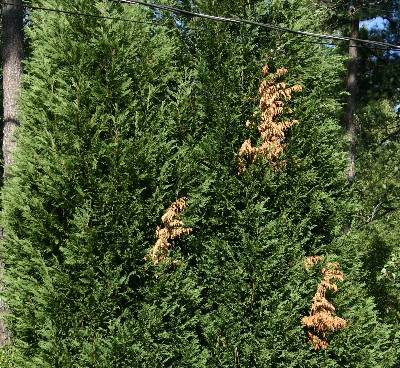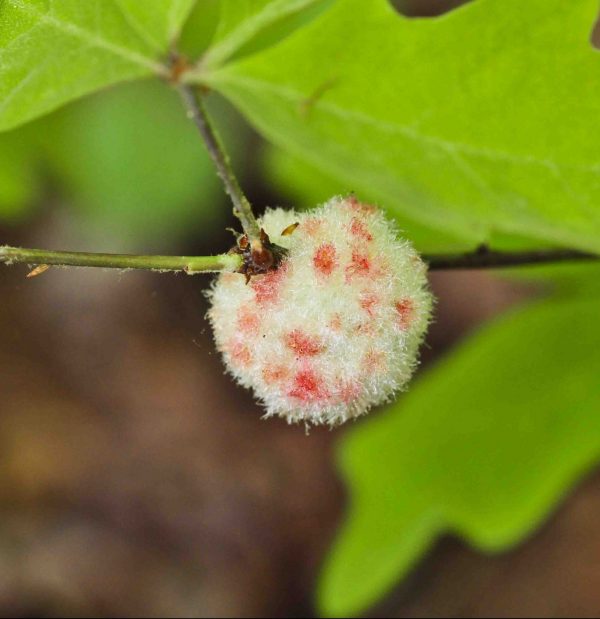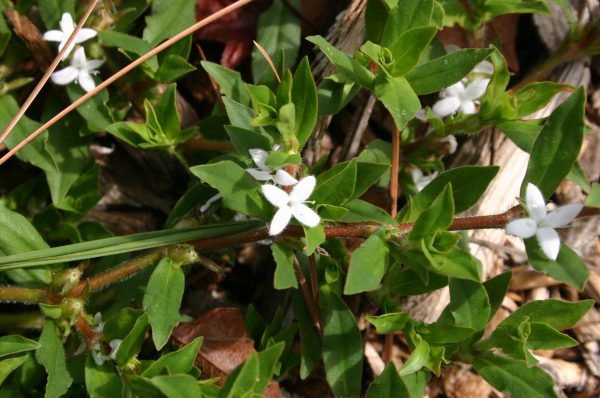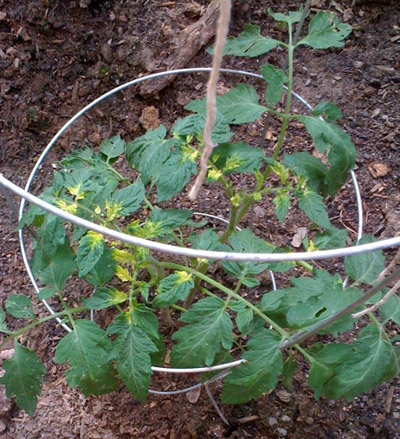Quince
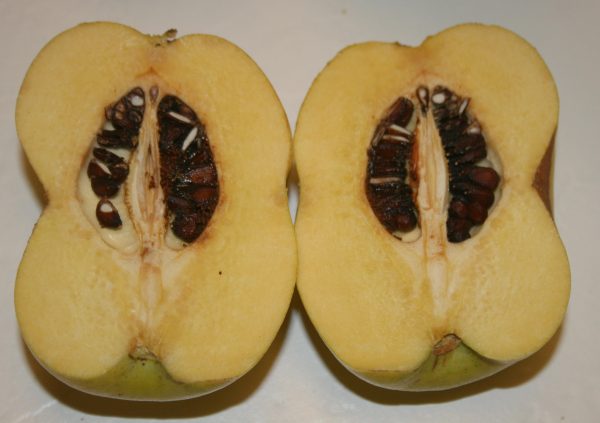
Cydonia oblonga
Several types of Quinces are grown in the South. Before there were super-sour candies, schoolchildren dared each other to eat a slice of quince fruit. The Common Quince discussed here (Cydonia oblonga) forms a small tree.
• More detailed information can be found in The Georgia Fruit & Vegetable Book by Walter Reeves and Felder Rushing
• See also Home Garden Quince
Flowering Quince (Chanomeles speciosa), Japanese flowering Quince (Chanomeles japonica) and Chinese Quince (Pseudocydonia sinensis) are landscape plants whose fruit can be used just like true Quince fruits in jams and cooking. Fruits of the Common Quince are larger than landscape Quince; they are round or pear-shaped and weigh up to 1 pound. They are very hard and are only edible when cooked or made into jelly. Quince fruits are known for their strong perfume. One will freshen up an entire room if left at room temperature for several days.
Plant your quince in full sun. Although found growing wild in the woods, they grow best in well-drained, loamy soils with pH 6-7. Quinces can survive neglect and are tolerant of a wide range of soils. Trees can withstand cold temperatures as low as -15 F.
Train Common Quince trees to a vase shape. Drooping branches may need to be shortened occasionally. Fertilize lightly each year to discourage vigorous growth that may succumb to fire blight.
Varieties to look for: ‘Champion,’ ‘Apple,’ ‘Pineapple’ and ‘Smyrna.’



